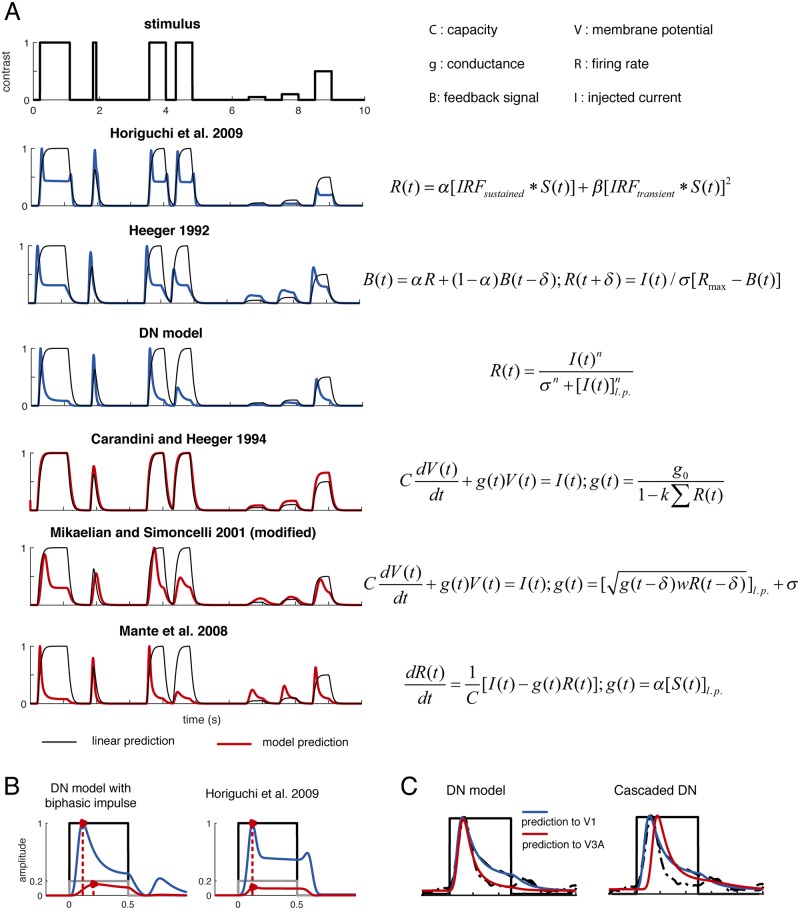Fig 7. Comparison between temporal models.
A. We compared two groups of models by simulating their outputs to a set of stimulus time courses (different stimulus durations, ISIs, and different stimulus contrasts). One group of models (red) is inspired by RC-circuit models of normalization, and assumes gain control is implemented by changes in membrane conductance associated with spiking. The other group of models (blue) do not make this assumption. Within each set, there are some (but not all) models that capture the properties of the response time courses summarized in Fig 1. B. The two temporal channels model does not assume a gain control component. As a consequence, when stimuli are of lower contrast, the model captures the reduced response amplitude but not the slower dynamics. Within a model group, if the level of gain control depends on the instantaneous instead of the history-dependent response, the model does not reproduce the transient-decay response shape. C. The difference between the response time course from a striate versus an extra-striate visual area (earlier response peak and higher response level at stimulus offset for the striate response) can also be qualitatively captured by cascading the DN model: the first layer takes the stimulus time course as input, and the second layer takes the response output from the first layer as input.

